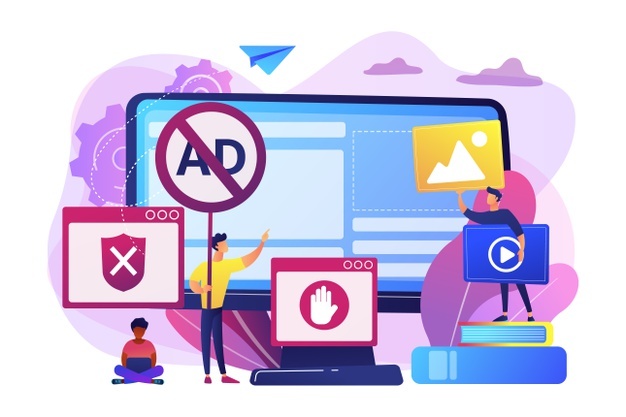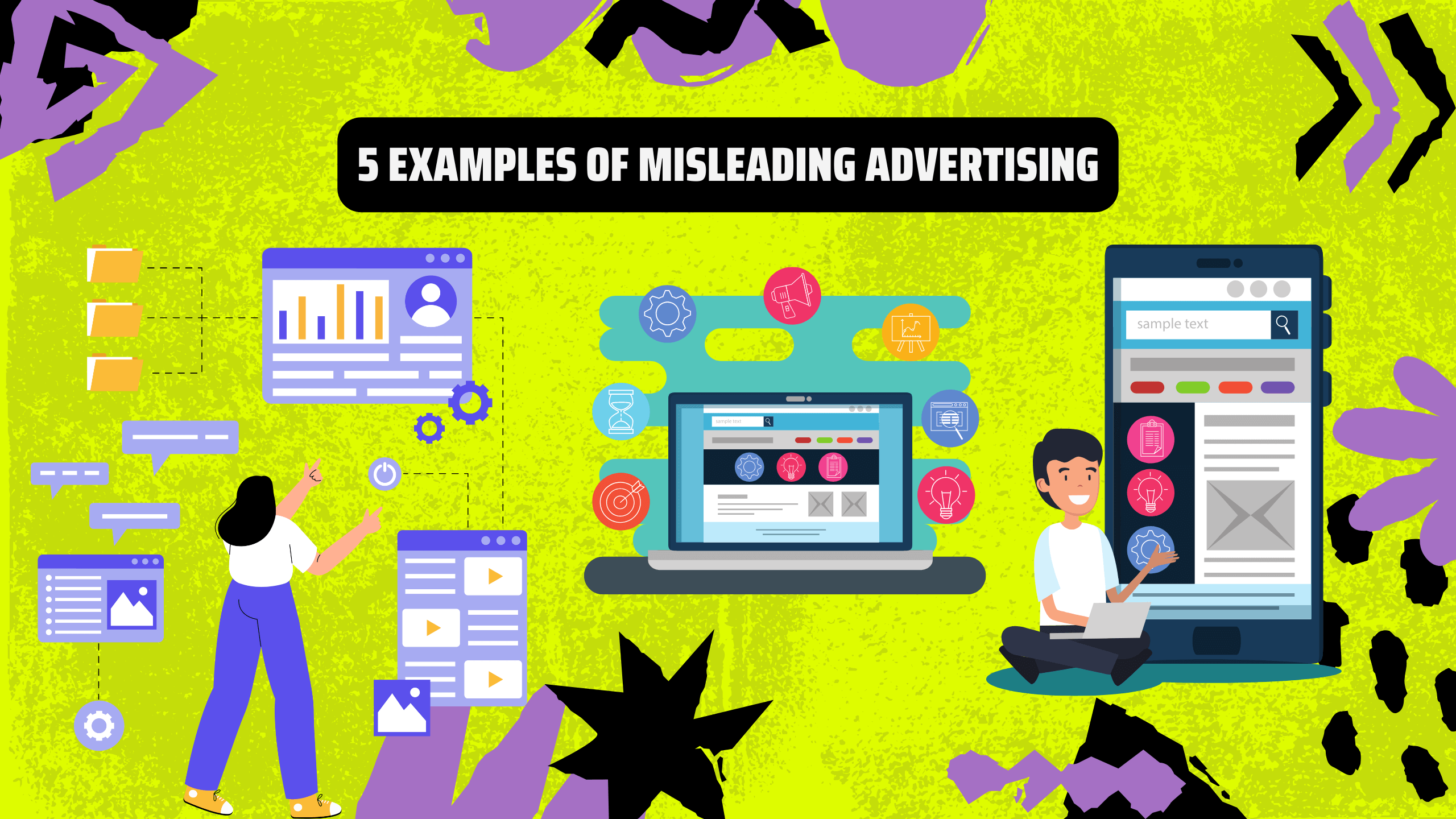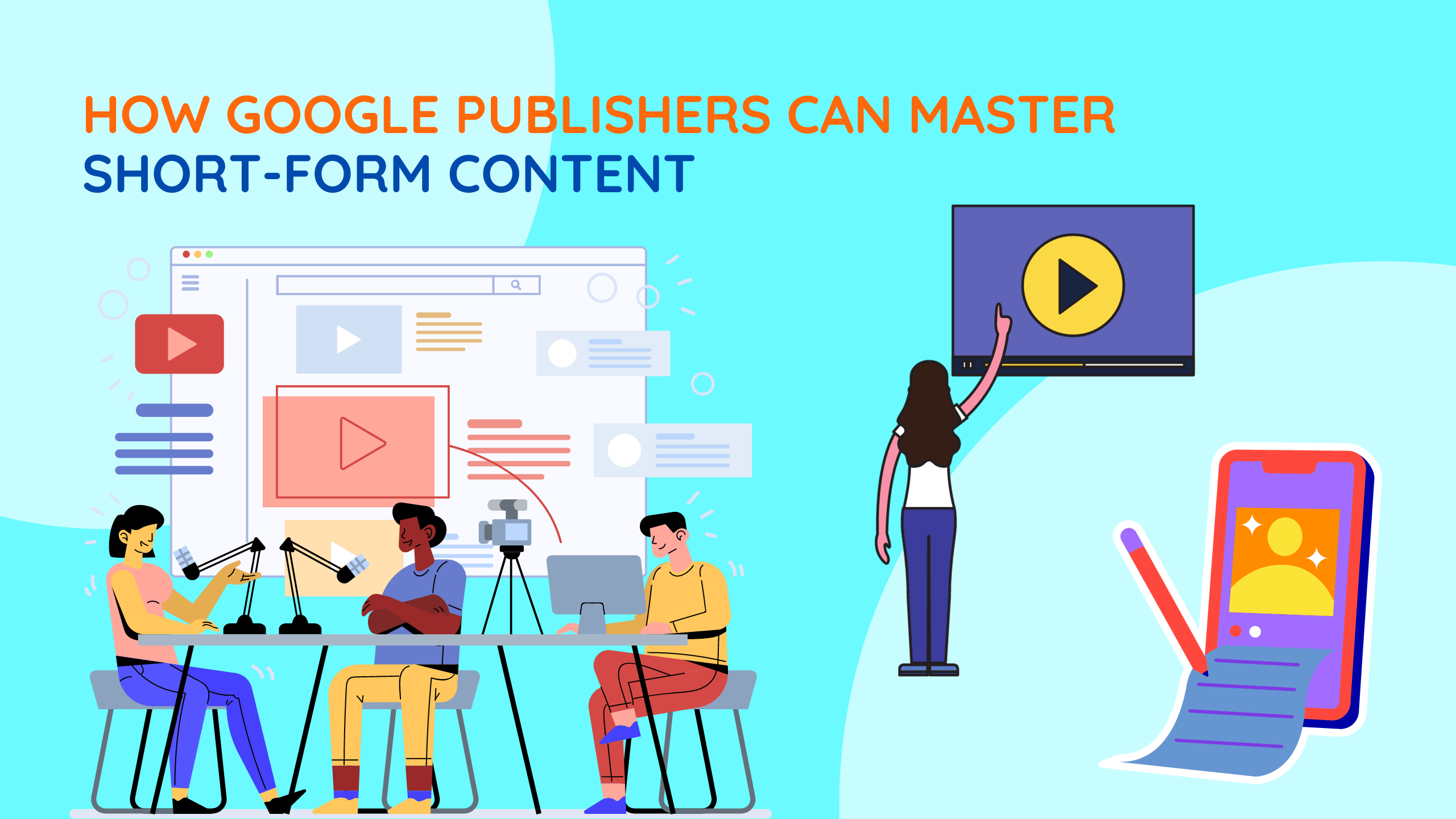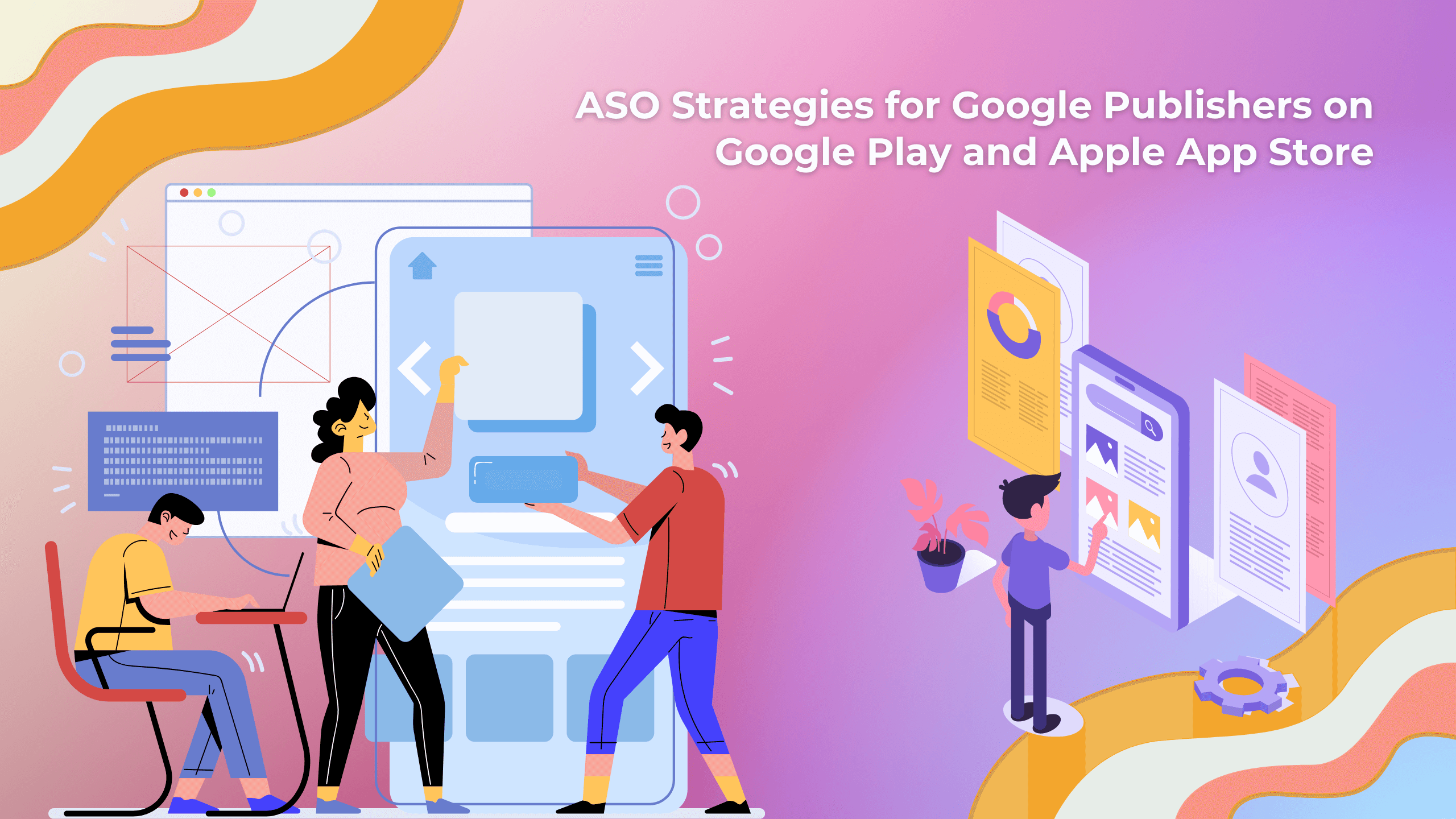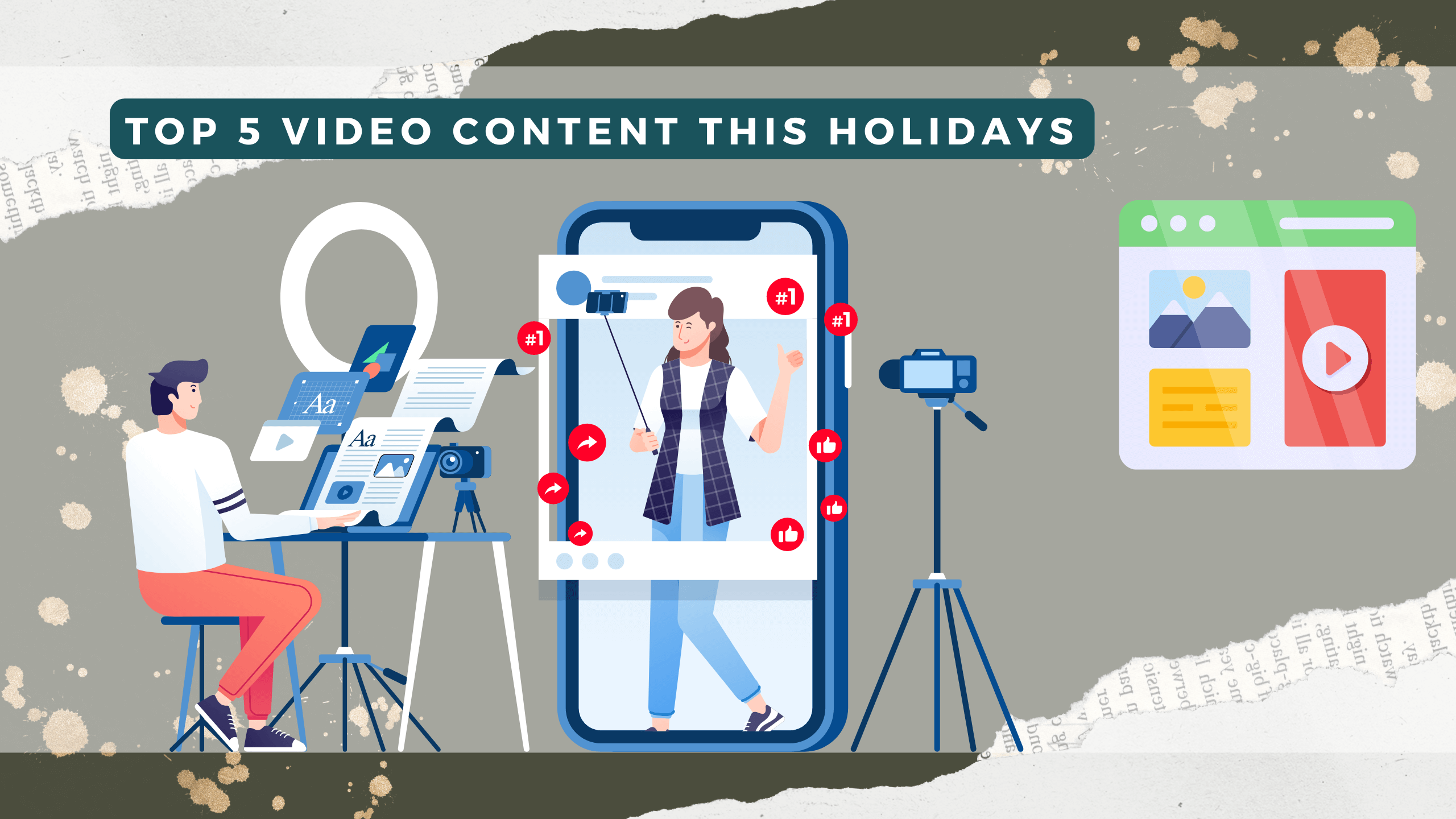1. How does ad blocking affect publishers?
Ad Blocking, or as we know it, is software on a computer or phone that is used to block ads that appear when a user is entering a website or application. If the ad is not displayed, the publishers cannot bring in revenue. According to a survey from iab.com, ⅔ of people who are using ad-blocking software is willing to stop using them if the ads are displayed: no autoplay, no button to turn off ads, block content, contains malware and slows down the page load.

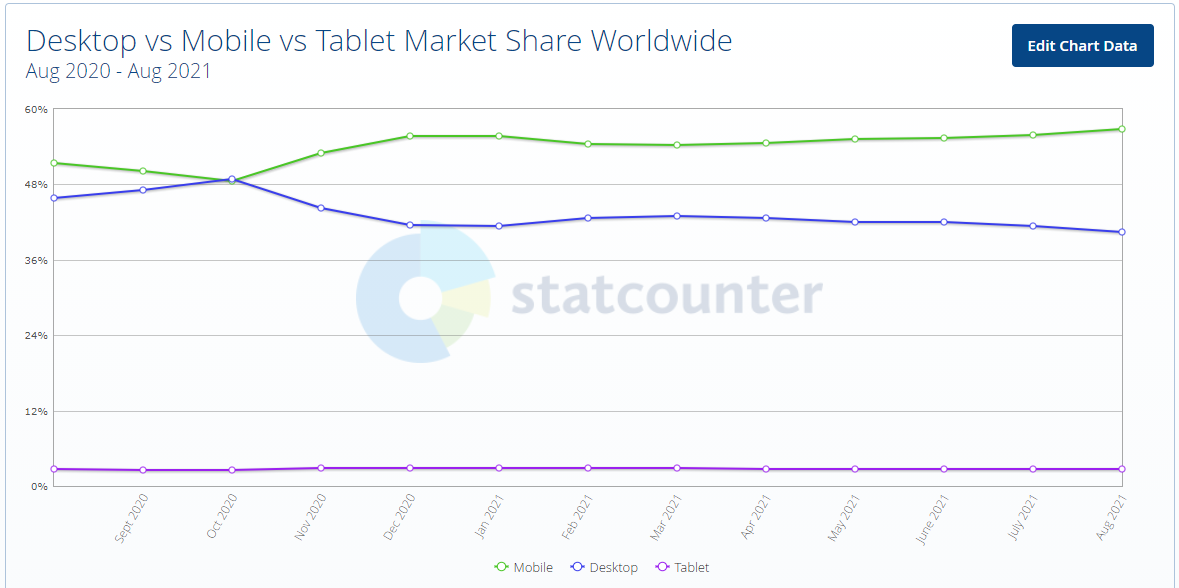
However, between different devices, the adblocking rate also varies. A study by statcounter.com in August 2021 indicates that 56.8% of global traffic comes from mobile devices. Meanwhile, this figure is only 40.3% for desktops. Imagine more than half of all desktop and mobile users
2. How to fix it?
- To be able to solve this problem, publishers can experiment with many different forms depending on the status of the website or application you have.
- Advertising standards: LEAN
L – Light: Minimize ad size to limit ad load time.
E – Encrypted: Ensure security standards to prevent exposure to malware and harmful viruses.
A – Ad Choice Supported: Allows users to opt-out of certain data collection services used to create targeted advertising.
N – Non-invasive ads: Remove ads with annoying elements such as vibrations, flashing, or auto-playing sounds.
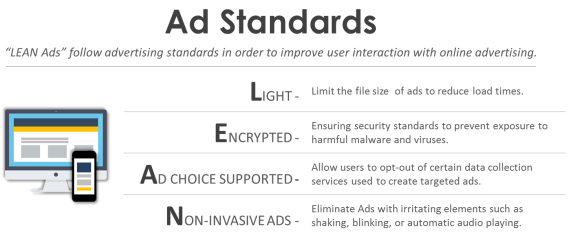
When users feel that you respect their privacy and decisions, they will certainly not hesitate to stop using adblocking software. With this form, the effect is a win-win for both parties.
- Sort by user device:
66,000 users were asked for their opinions on ad formats from the perspective of users with different devices according to betterads.org research. And here are the results they got:
- For mobile apps, these are the most annoying ad formats:

– Pop-up ads
– Banner ads
– Mobile pages have 30% more ad density
– Motion ads flicker a lot
– Interstitial requires people counter to close or skip
– Full-screen scrolling through ads
– Sticky ads with big size
– Autoplay video with sound

- For desktop devices, the ads are believed to have the most impact on user experience:
– Pop-up ads
– Autoplay video with sound
– Banner ads with the countdown to skip or close
– Sticky ads with big size
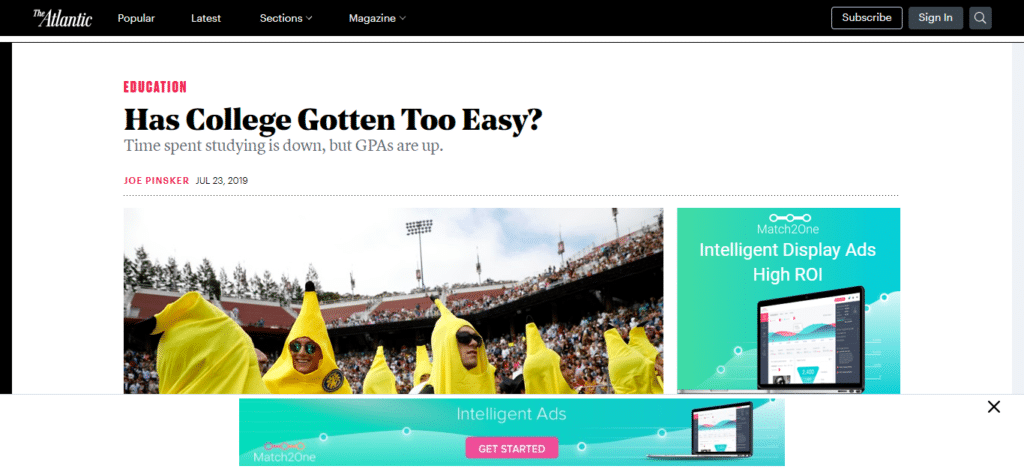
- Invest in UX:
For a better user experience, you should invest more in UX. Not only does it help SEO by gaining SERP ratings for your pages. The layout of the website also plays an important role in ensuring that the ads displayed do not interfere with the content of the website.

3. Conclusion
Publishers have no control over the media through which they get users across all devices from desktops to mobile devices. However, they can certainly work on their inventory to improve productivity from both devices. For starters, publishers should optimize it for both mobile and desktop.

Please do not hesitate to contact us for more information about advertising with Google products via email: [email protected]
Lexy
Lexy

